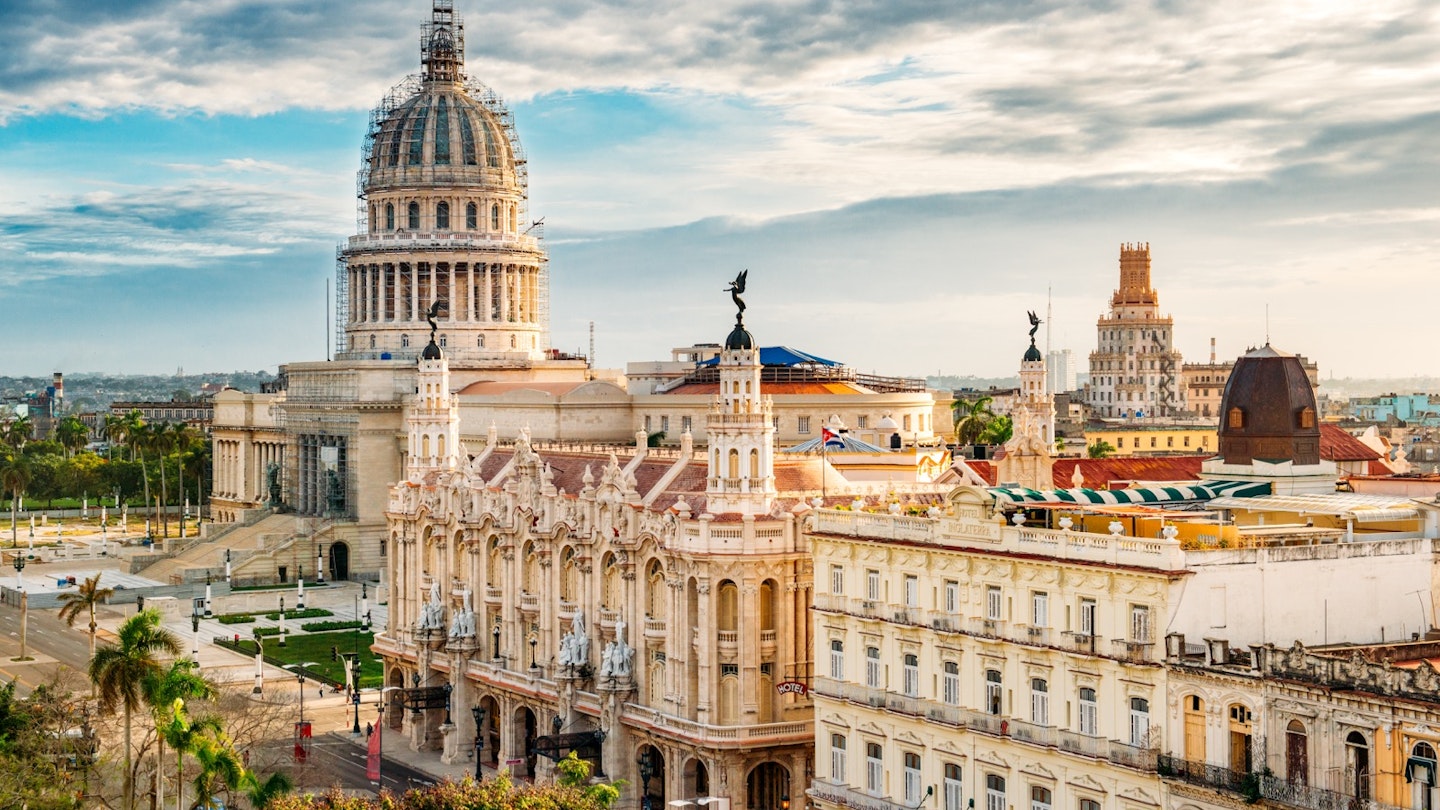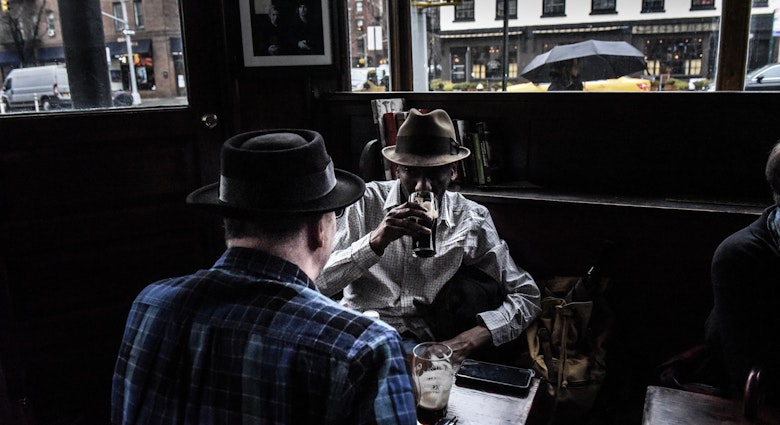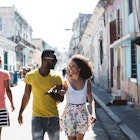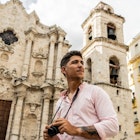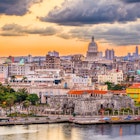Despite a well-publicized announcement by the Trump administration in June 2019, it is still relatively easy for Americans to travel legally to Cuba. All that’s required is a little bit of background reading and some careful post-trip accounting.

How to qualify for travel to Cuba?
Despite recent bans on cruise liners and ‘people-to-people’ trips, US citizens can still apply for a ‘general license’ to travel to Cuba under 11 different categories listed by the US Department of the Treasury. These range from public performances to athletic competitions to humanitarian projects. Independent travelers with no specific affiliations are best off qualifying under the ‘support for the Cuban people’ category, a relatively open classification which states prospective visitors should:
‘engage in a full-time schedule of activities that enhance contact with the Cuban people, support civil society in Cuba, or promote the Cuban people’s independence from Cuban authorities and that result in meaningful interactions with individuals in Cuba.’
General licenses are self-qualifying and require no long-winded paperwork. To avoid any legal ramifications when returning to the US, you are advised to draw up a detailed trip itinerary before you go and to keep all receipts and addresses of places where you stayed and visited for five years after your return.
Essential bedtime reading for all aspiring Cuba travelers is the regularly updated Department of the Treasury Cuba fact sheet. Fair warning, the language may seem a little daunting, but it’s not nearly as scary as it sounds.
How did we get here?
Getting there
With cruise ships no longer calling at Cuban ports, airplanes are the only option for Cuba-bound travelers. Scheduled flights from the US, reintroduced by the Obama administration in 2016, continue to run from a half a dozen US airports with Miami being the main gateway. Cooperating airlines include JetBlue, American, Delta, Southwest and United.
Airlines should provide you with the necessary Cuban tourist card before you embark (double-check when booking). Prices range from US$50 to US$100 depending on which airline you fly with.
Where to stay
The Trump admin restrictions prohibit Americans from staying at any hotel run by the Cuban government’s military arm, Gaviota (see a full list of banned places here). Thankfully, this as a blessing in disguise. Cuba’s state-run hotels aren’t its best accommodation options.
You’re far better off staying in one of the country’s thousands of safe, homely casas particulares (private homestays). Here, you’ll not only get better food and service, but you’ll also receive a candid and uncensored view of Cuban life and, in doing so, be engaging in ‘meaningful interactions with individuals in Cuba.’
You can book private accommodation in Cuba in advance with a credit card through Airbnb or Booking.com. Most casas particulares cost between US$25 to CUC$45 per night.
Getting around
The best way to get between major towns in Cuba is either with Viazul, the national bus company or by colectivo (shared) taxi. Safe albeit slow buses run regularly between all main Cuban towns, but colectivos are faster, friendlier and more adept at delivering you door-to-door. Casa particular owners can usually organize colectivo taxi service at relatively short notice. Most taxis are technically private, meaning you’ll also be giving all-important support to the Cuban people.
Money
Despite optimistic political rhetoric, US credit cards still don’t work in Cuba. It is thus necessary to come armed with plenty of cash. US dollars can be readily exchanged in Cuban banks, albeit with a 13 percent commission. Cuban convertibles ($CUC) are pegged 1:1 with the US dollar.

Traveling throughout Cuba
To avoid interactions with Gaviota businesses, circumvent the state-run sector as much as possible and stick to the private sphere. Private enterprise has blossomed in Cuba since the easing of business restrictions in 2011, meaning there are plenty of attractive options to choose from.
Where to go
For a trip of two weeks or less, kick-off in the capital, Havana before branching out west to the green tobacco fields of Viñales and then looping back east via Cienfuegos to Trinidad. After basking for a day or two in Cuba’s famous stuck-in-time sugar town, head back to Havana with quick stops in the gritty city of Santa Clara and the emerging art nexus of Matanzas along the way.
Havana is celebrating its 500th anniversary in 2019 meaning its fabulously restored old town (a Unesco World Heritage Site) has never looked so beautiful. Check out the freshly restored Capitolio Nacional (a close copy of Washington’s Capitol building), along with the city’s growing stash of creative private restaurants and its deep well of cutting-edge art galleries. A visit to the Gaudi-inspired street art project of Fusterlandia is a must.
Fine places to stay include Casa 1932 in the congenial ‘hood’ of Centro Habana where your host, Luís Miguel, a connoisseur of art deco, runs superb architectural-themed city tours in old American cars. For the perfect marriage of music and art, head to the truly revolutionary Fȁbrica de Arte Cubano where for just US$2, you’ll get six hours of cultural education (and entertainment).
For back-to-the-roots Cuban food, look no further than Doña Eutimia near Havana’s baroque cathedral (the picadillo is highly recommended). For cool fusion and potent cocktails, hit the roof terrace at El del Frente.
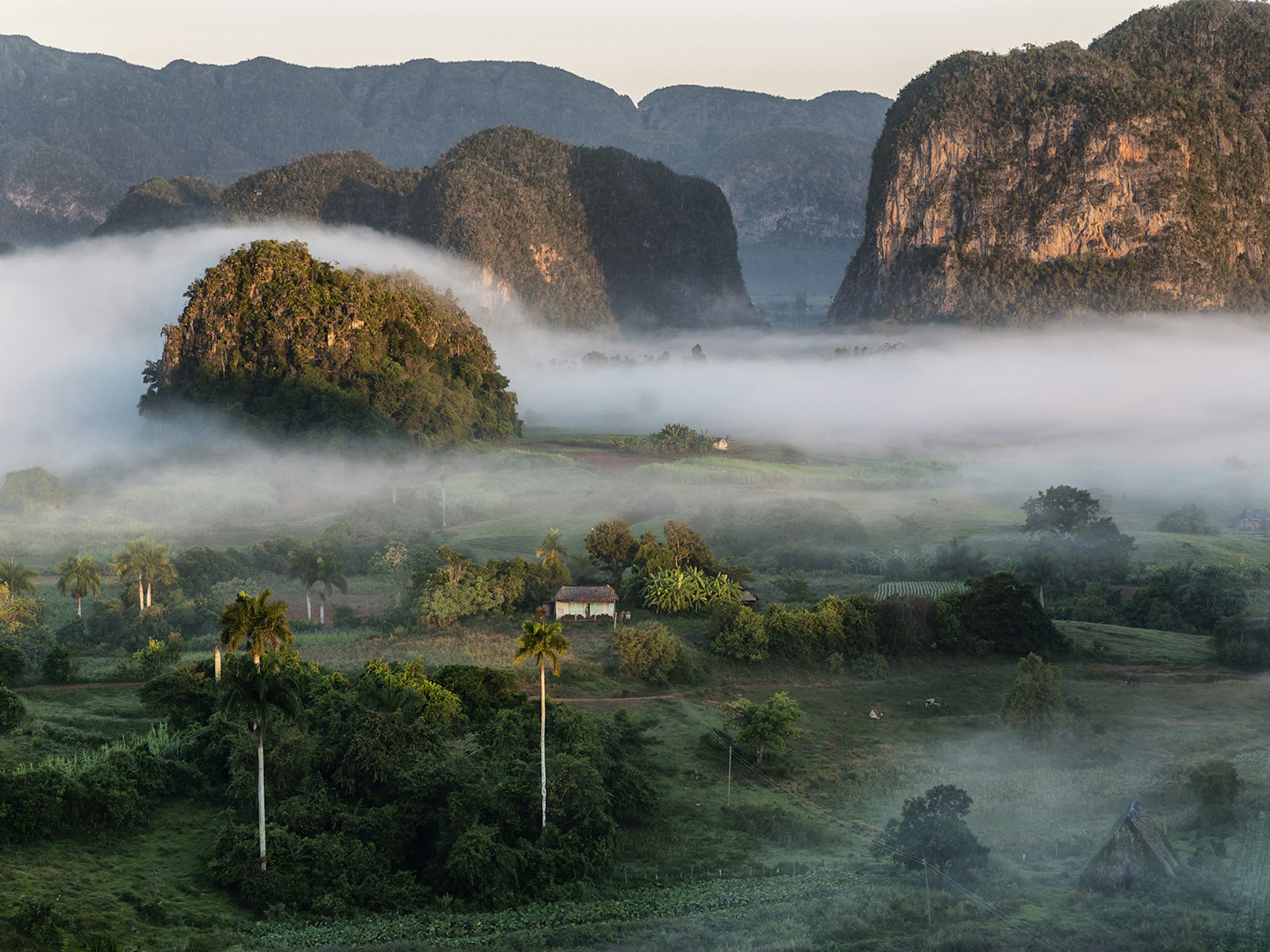
In Viñales, private guides can take you by foot or on horse-back around verdant tobacco plantations and oxen-plowed eco-farms. At Vega Quemada de Rubi in nearby San Juan y Martínez, you can even undertake a few days of voluntary work nurturing the crops of Hector Luís Prieto, one of Cuba’s finest cigar producers.
You might also like
Ignored for nearly a century after its high watermark in the 1850s, Trinidad remains one of the best-preserved colonial towns in the Americas. Stay at the 200-year-old house of Julio Muñoz, a horse whisperer and published photographer who runs an equestrian center and often brings his beautiful horse, Luna de Miel, into his living room. Señor Muñoz has recently branched into gastronomy, opening a town center tapas bar where you can fuel up on everything from lobster to homemade tres leches cake.
Santa Clara is a city that pays homage to Che Guevara – his much-visited mausoleum sits on the outskirts of the city – but it’s primarily a university town with a unique nightlife full of spontaneous surprises. For the best action, head to Club Mejunje, a wonderfully diverse cultural venue hosted in a converted ruin where LGBTQ shows alternate with thrash metal gigs.
The town’s finest food can be procured on the palatial patio of Restaurant Florida Center where the lobster and prawns in a ‘secret’ tomato sauce can be enjoyed in an atmosphere of refined sophistication.
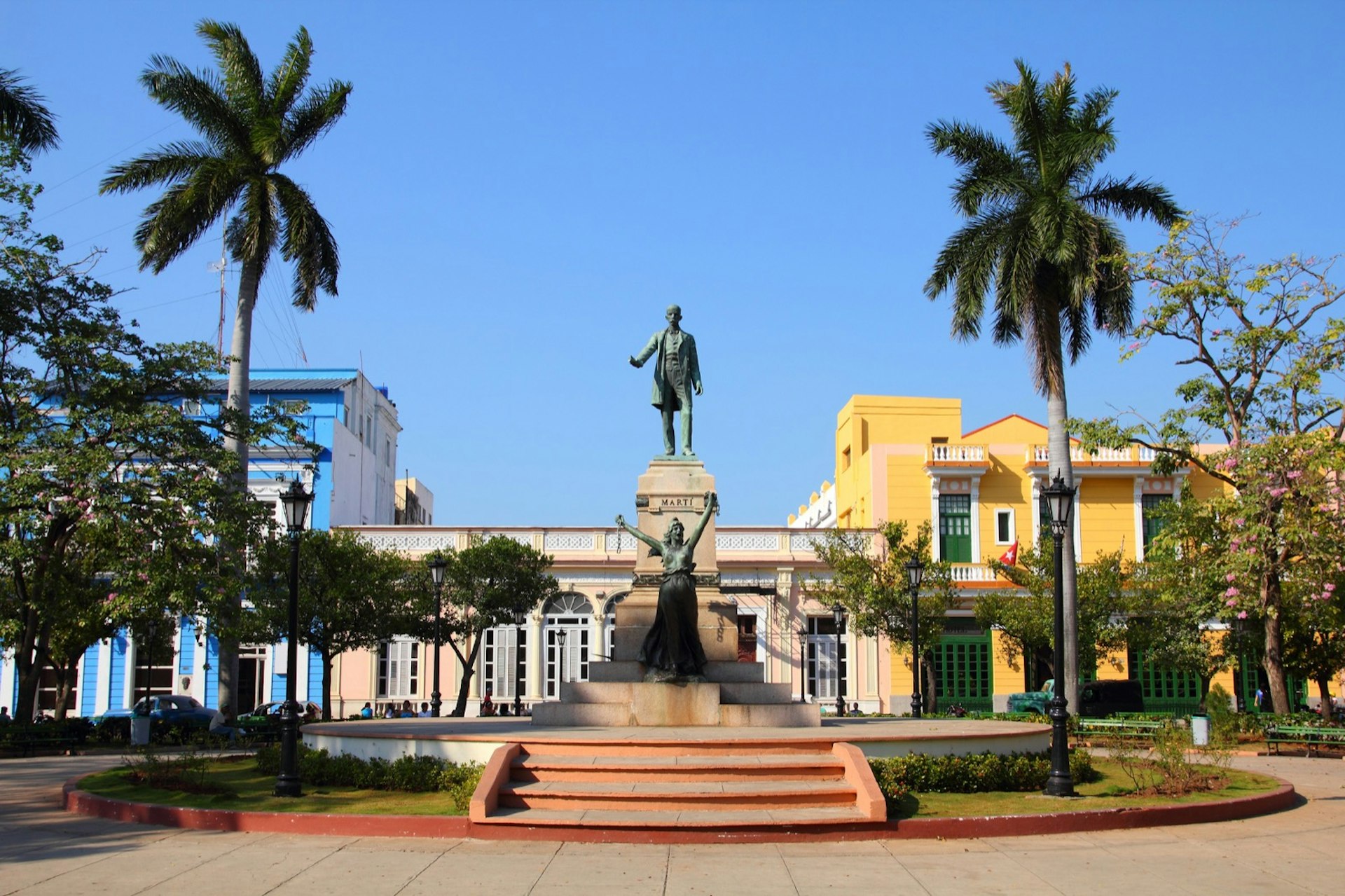
On the way back to Havana, divert your private taxi to Finca Coiincidencia near Matanzas where farmer turned ceramist, Hector Correa has turned his rustic domain into an eco-conscious sculpture gallery. Under the bottle-green mango trees, you can enjoy a cup of farm-grown coffee sweetened with honey from Hector’s bees and sipped from a mug that the owner made himself.
It’s a fitting end to a trip that will not only put you in touch with Cuba’s hard-working cuentapropistas (private businesspeople) but will also uncover the genius that this buoyant, sophisticated, eternally beautiful country can offer both America and the world.
Tours from the US
Although the Trump administration ended group people-to-people trips in 2019, several US companies have continued to offer licensed Cuba tours by re-registering under the 'support for the Cuba people' category.
These include:
Cuban Adventures: Australian-based company specializing in Cuba travel that also runs licensed trips for American travelers.
Cuba Travel Services: Great source of general travel information for US travelers. They also arrange flights, accommodation, car rental and travel packages.
Insight Cuba: A well-established registered Cuba operator serving American travelers. Insight's trips include a one-week jazz-themed excursion and a trip to run the Havana marathon in November.
GeoEx: Runs luxury people-to-people trips of six to eight days duration from the US, plus opportunities to build your own custom trip. Tours can include everything from meeting diplomats to delving into Cuba's complex religious rites.
Road Scholar: The largest non-profit provider of learning adventures in Cuba, with six trips including birdwatching, community art projects and organic farm visits.
Updated Sept. 2019

